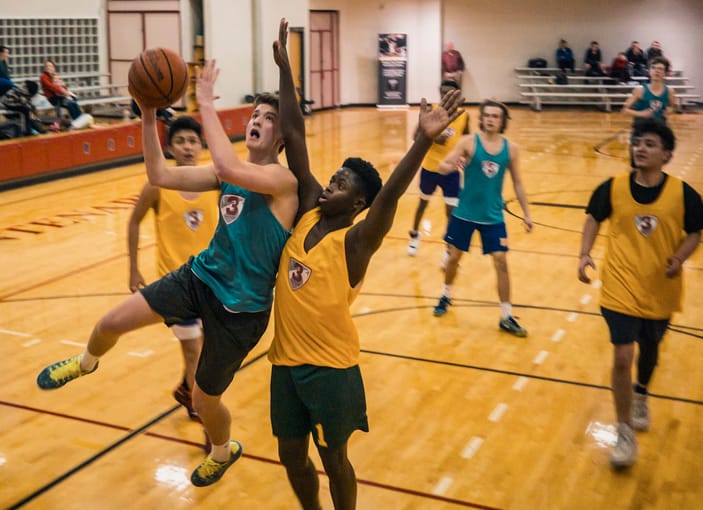Competitive Pressure and Performance Anxiety in School Sports and Arts

Every year, students across the globe dive into a whirlwind of activities that celebrate talent and skill. From fierce competitions on the sports field to captivating performances in the arts, these young individuals take center stage, showcasing their hard work and dedication. But amidst this excitement lies an underlying current of competitiveness that can create immense pressure for many. As they strive for excellence, student-athletes and artists often grapple with expectations both self-imposed and external. This pressure can lead to performance anxiety, impacting not only their output but also their emotional well-being.
Understanding the dynamics of competition in school settings is essential for fostering a healthy environment where creativity and athleticism can flourish without compromising mental health. Let’s explore how competitive pressures shape experiences in school sports and arts while uncovering signs of performance anxiety students may face.
The Impact of Competitive Pressure on Student Athletes and Artists
According to www.aislmall.com, competitive pressure can significantly shape the experiences of student-athletes and artists. For many, this drive to excel fosters a sense of determination. It pushes them to hone their skills and reach new heights. However, this relentless pursuit can also lead to negative consequences. Some students may experience heightened stress levels that overshadow their passion for sports or arts. The thrill of competition transforms into an overwhelming burden. Performance becomes tied not just to talent but also to expectations sometimes unrealistic ones. This shift can stifle creativity in artists and diminish joy in athletics.
Signs of Performance Anxiety in School Sports and Arts
Performance anxiety can manifest in various ways for students involved in sports and arts. One common sign is excessive worry about upcoming performances or competitions. This fear often overshadows the excitement that should accompany these events. Physical symptoms also play a significant role. Students might experience rapid heartbeat, sweating, or nausea before taking the stage or field. These sensations can make it difficult to concentrate on their skills. Behavioral changes may surface too. For instance, a previously enthusiastic athlete might start avoiding practices or an artist could withdraw from group activities altogether.
Strategies for Managing and Coping With Performance Anxiety

Managing performance anxiety can be a game-changer for student-athletes and artists. Start with deep breathing exercises to ground yourself before an event. Inhale slowly, hold, then exhale fully. Visualization is another powerful technique. Picture yourself succeeding in your performance. Imagine every detail of the sounds, the audience’s energy making it feel more achievable. Setting realistic goals helps too. Focus on personal achievements rather than outcomes against others. Celebrate small victories along the way; they add up.
How to Balance Competition With Mental Health and Well-Being
Balancing competition with mental health requires a mindful approach. It starts with setting realistic goals. Instead of focusing solely on winning, emphasize personal growth and skill development. Encourage open conversations about feelings related to performance. Acknowledging stressors can alleviate pressure and create a supportive environment. Incorporate relaxation techniques into daily routines. Breathing exercises or short mindfulness sessions before events can help calm nerves and enhance focus. Promote teamwork over rivalry. Building connections with peers fosters camaraderie, making competitions feel less daunting.
The Role of Coaches, Teachers, and Parents in Addressing Competitive Pressure

Coaches, teachers, and parents play a crucial role in shaping the competitive landscape for students. Their influence can either heighten pressure or foster a supportive environment. Effective coaches communicate openly with their athletes. They emphasize personal growth over mere victories. This shift helps students focus on improving skills rather than feeling overwhelmed by competition. Teachers also contribute significantly. By encouraging creativity and collaboration in arts programs, they create safe spaces where students feel valued regardless of rankings. Their support can alleviate stress related to performance expectations.
Finding a healthy balance between competition and self-care is essential for students involved in sports and the arts. While striving for excellence can be motivating, it’s important to recognize when that drive turns into pressure. Encouraging open conversations about performance anxiety can create an environment where students feel safe expressing their fears. Coaches, teachers, and parents play crucial roles in this journey. They should promote a culture of support rather than one solely focused on winning or achieving perfection. Acknowledging the value of effort over results helps ease the burden on young athletes and artists alike.
